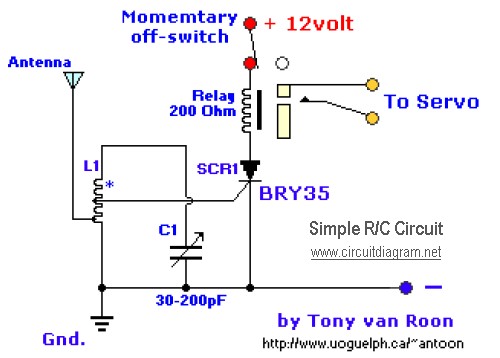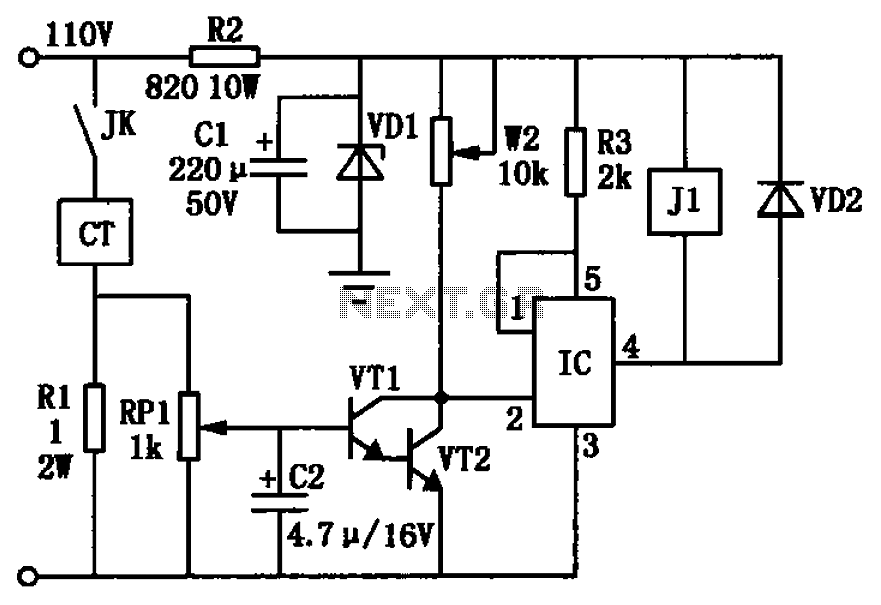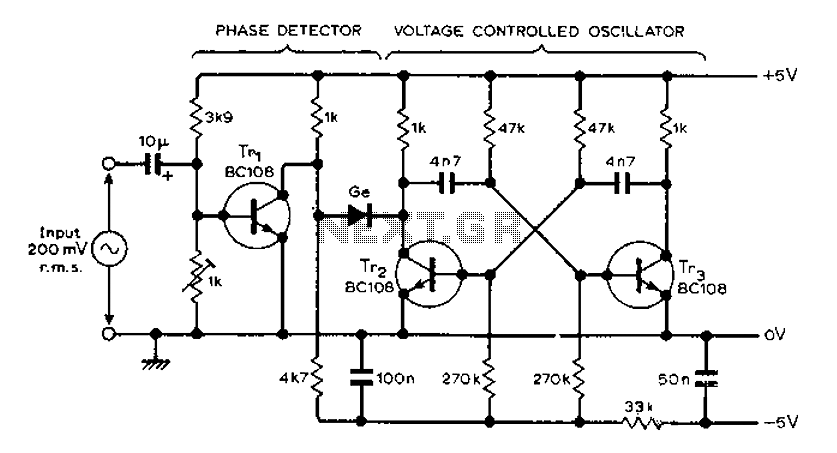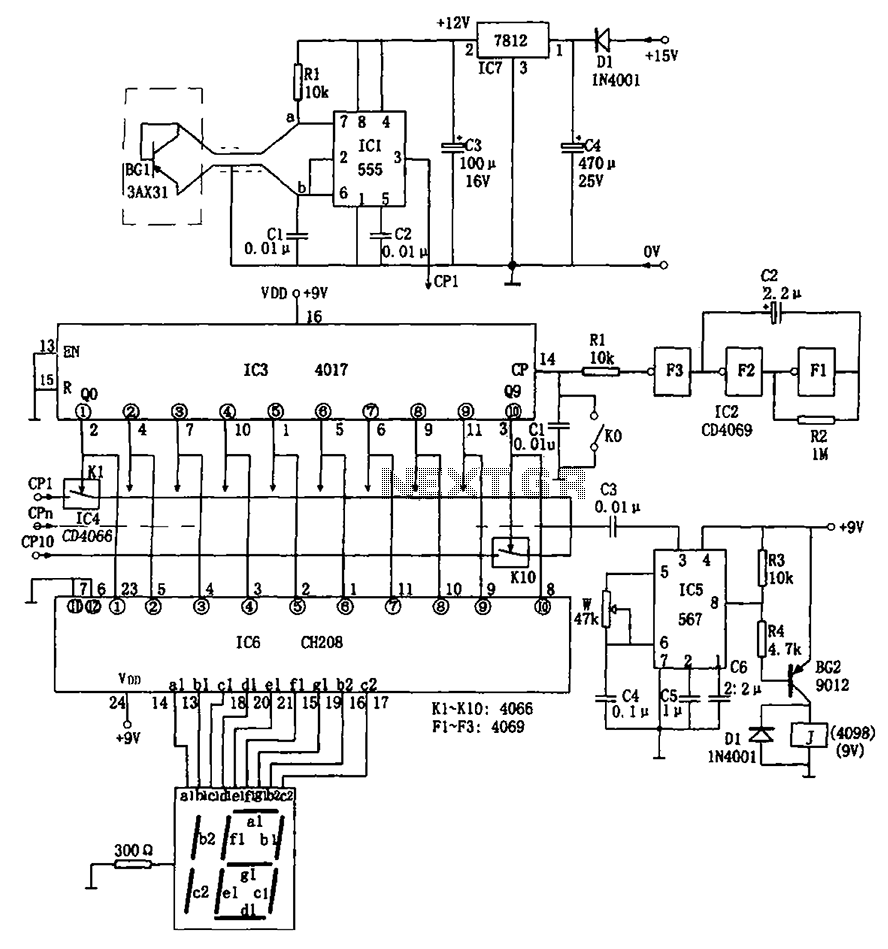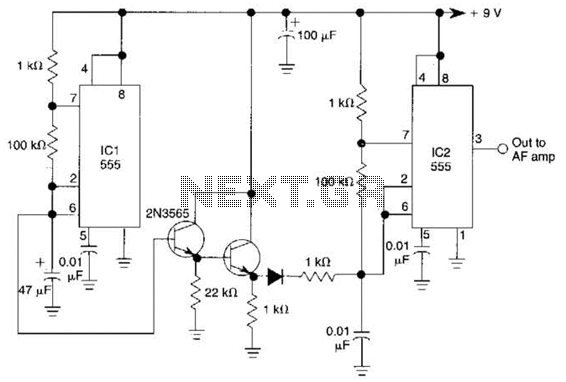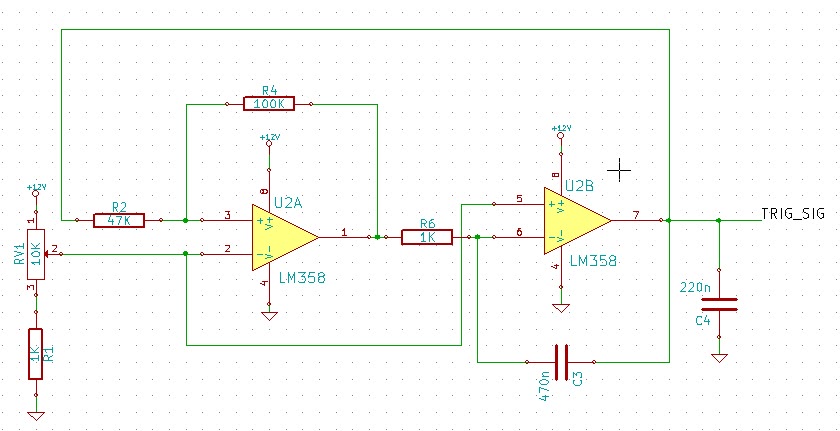
Exposure timer circuit D flip-flops
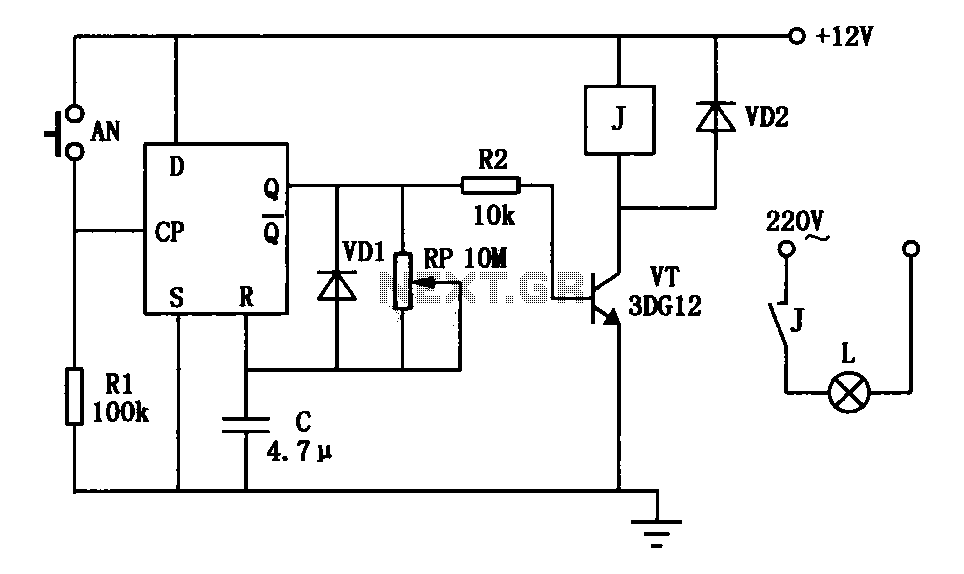
An exposure timer circuit is illustrated using D flip-flops, allowing for timing adjustments between 1 to 30 seconds. The D flip-flop circuit is connected to a one-shot timer. When exposure is required, pressing button AN generates a pulse that is applied to the clock input (CP) of the D flip-flop, transitioning the circuit into a temporary steady state.
The exposure timer circuit utilizes D flip-flops to create a versatile timing mechanism. The circuit is designed to allow for a user-defined exposure time that can be set between 1 and 30 seconds. This is achieved through the configuration of the D flip-flops in conjunction with a one-shot timer, which ensures that the timing is accurate and reliable.
When the user requires exposure, pressing button AN generates a pulse that triggers the clock input (CP) of the D flip-flop. This action causes the flip-flop to change its state, which in turn activates the timing sequence. The one-shot timer is responsible for maintaining the output in a steady state for the duration of the selected timing interval. The output of the one-shot timer can be connected to various devices, such as cameras or light sources, to control the exposure duration.
The circuit can be further enhanced by incorporating additional features, such as LED indicators to signal the timing status or adjustable resistors to fine-tune the timing range. The use of D flip-flops ensures that the circuit is stable and can handle multiple timing cycles without degradation in performance. This exposure timer circuit is suitable for applications in photography, scientific experiments, and other scenarios where precise timing is essential.Exposure timer circuit is shown in Figure D flip-flops, timing can be arbitrarily selected within the 1 ~ 30s. Figure D flip-flop circuit connected to a one-shot, when you need the exposure, press the button AN, that is a pulse applied to CP D flip-flop, the circuit into the temporary steady state.
The exposure timer circuit utilizes D flip-flops to create a versatile timing mechanism. The circuit is designed to allow for a user-defined exposure time that can be set between 1 and 30 seconds. This is achieved through the configuration of the D flip-flops in conjunction with a one-shot timer, which ensures that the timing is accurate and reliable.
When the user requires exposure, pressing button AN generates a pulse that triggers the clock input (CP) of the D flip-flop. This action causes the flip-flop to change its state, which in turn activates the timing sequence. The one-shot timer is responsible for maintaining the output in a steady state for the duration of the selected timing interval. The output of the one-shot timer can be connected to various devices, such as cameras or light sources, to control the exposure duration.
The circuit can be further enhanced by incorporating additional features, such as LED indicators to signal the timing status or adjustable resistors to fine-tune the timing range. The use of D flip-flops ensures that the circuit is stable and can handle multiple timing cycles without degradation in performance. This exposure timer circuit is suitable for applications in photography, scientific experiments, and other scenarios where precise timing is essential.Exposure timer circuit is shown in Figure D flip-flops, timing can be arbitrarily selected within the 1 ~ 30s. Figure D flip-flop circuit connected to a one-shot, when you need the exposure, press the button AN, that is a pulse applied to CP D flip-flop, the circuit into the temporary steady state.
